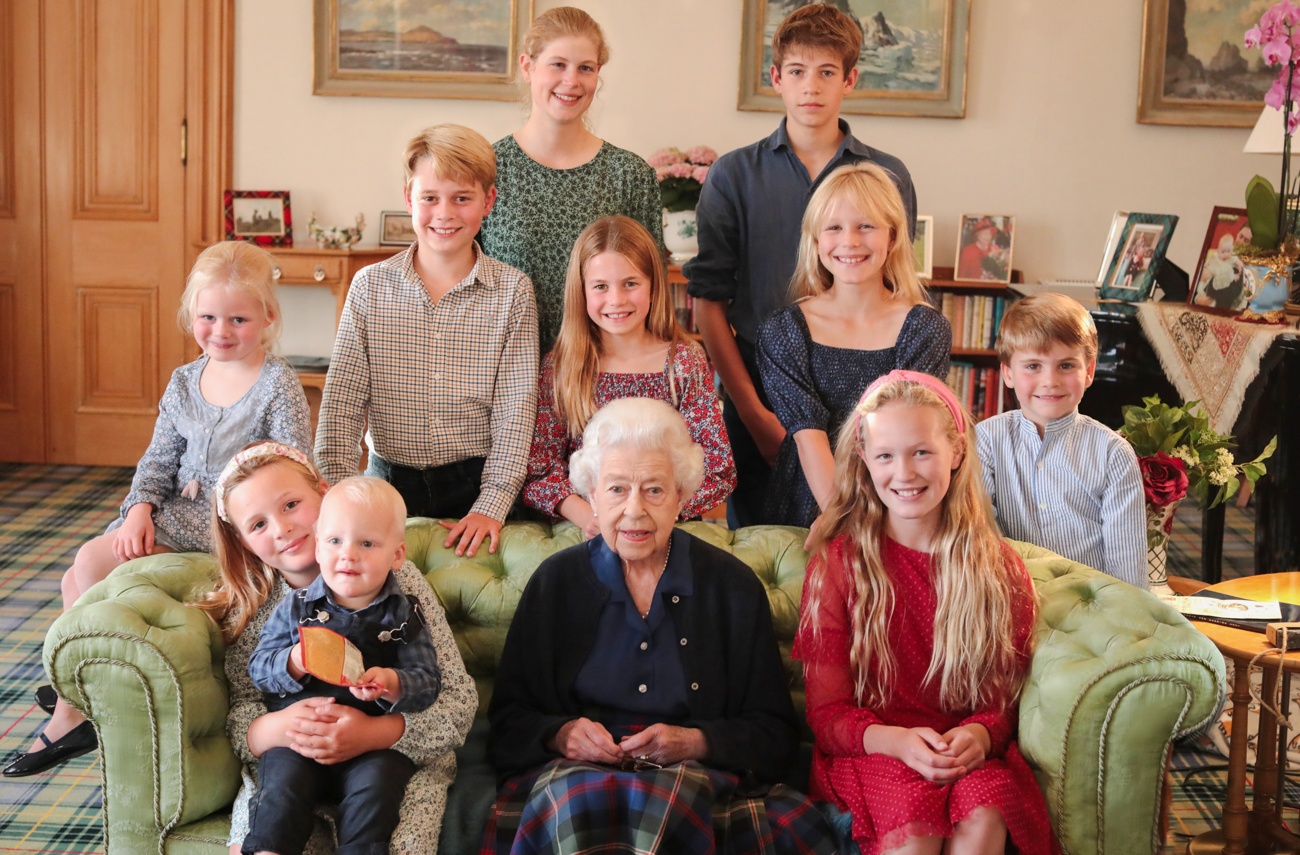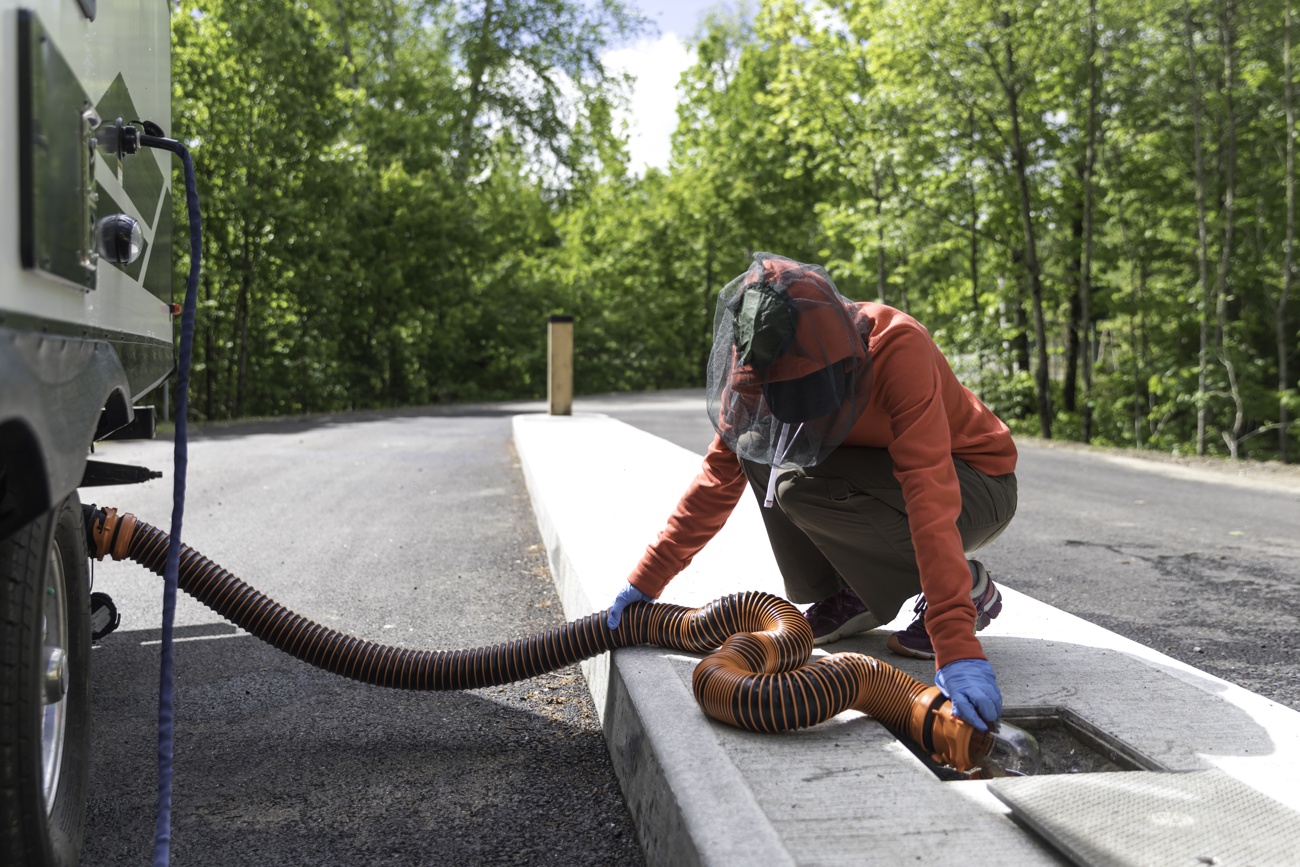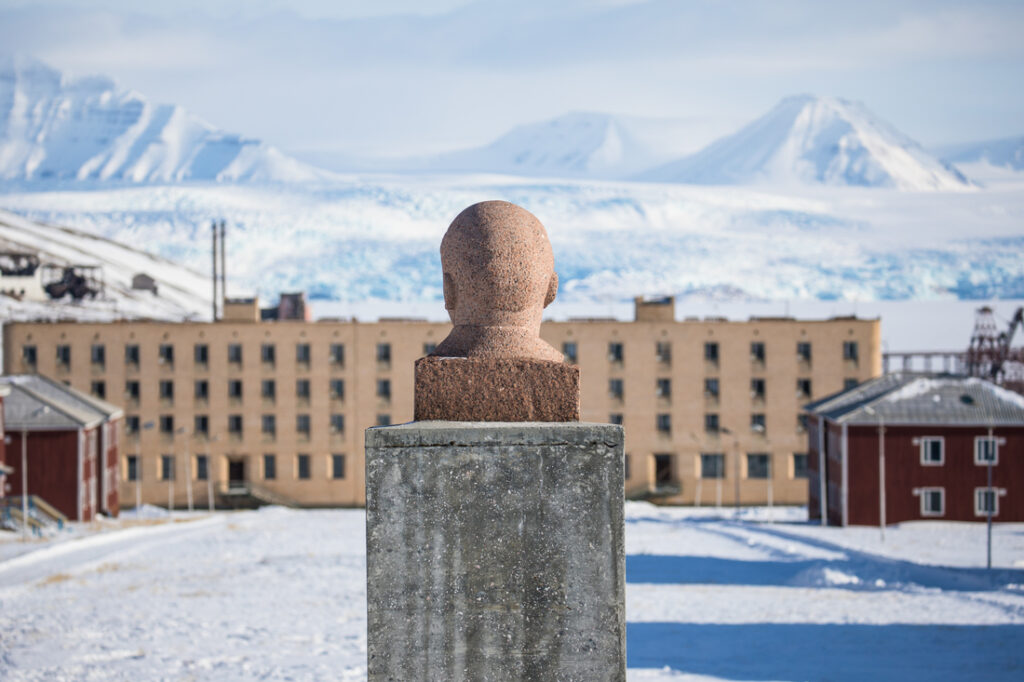
Pyramiden, Norway
The mining town of Pyramiden on Spitsbergen Island in Norway’s Svalbard archipelago is now a small frozen corner of the former Soviet Union. In 1926 the Russians bought the island and built a gigantic complex for about 1,000 people, until 1990 when mining ceased and the inhabitants left the town. You can visit and even stay at the hotel, which has reopened for tourists.
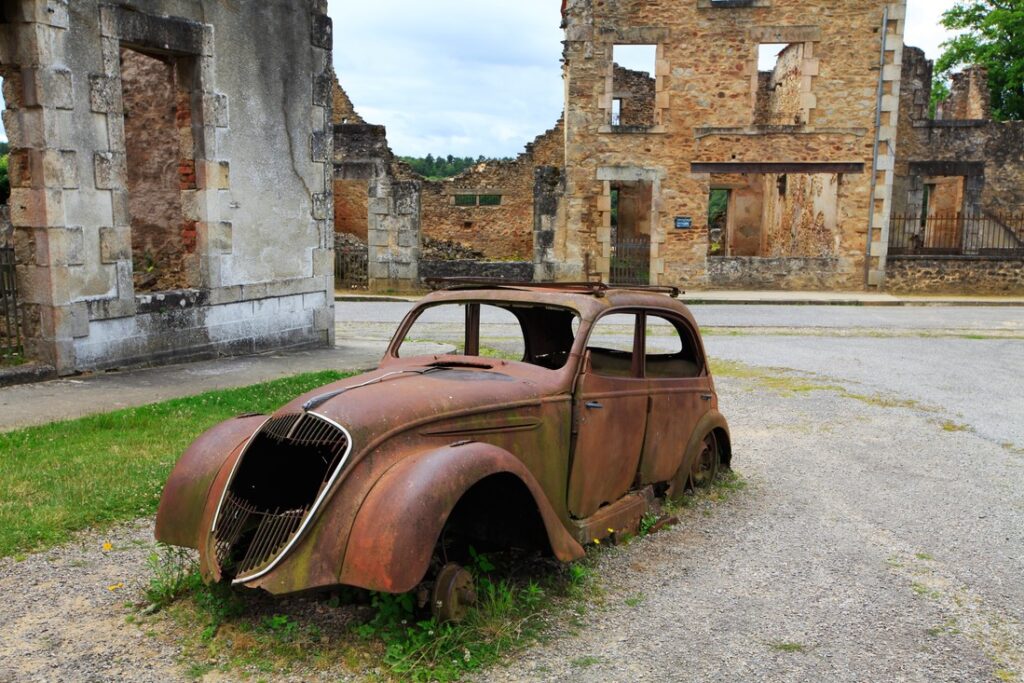
Oradour-sur-Glane, France
This ghost town, located about 20 kilometres from Limoges, has remained a ghost town since the Nazis burned it down during World War II. On 10 June 1944, the German army massacred most of the town’s inhabitants in retaliation for a resistance attack. Six hundred and forty-two people died, most of them women and children, shot or burned in the village church. At the end of the war, French President Charles de Gaulle decided to keep Oradour-sur-Glane as it was to commemorate the atrocities of the war.

Belchite, Spain
This town is one of the most popular places in Spain when it comes to psychophonies and paranormal experiences that attract tourists and investigators. In this village in Zaragoza, now abandoned and in ruins due to the bombings of 1937, about 5,000 people died during the Civil War in what was the Battle of Belchite. Guided tours are available during the day and at night and, if you dare, you can leave your mobile phone recording on a stone. Paranormal legends say that you can hear wailing, screams and the sounds of combat.

Imber, England
The 150 inhabitants of this small village had little more than a month to leave their homes in 1943, when the British army requisitioned the site for use as a training ground for troops to fight in World War II. The village is still uninhabited and is owned by the Ministry of Defence. Its 13th-century church is a British National Heritage site.
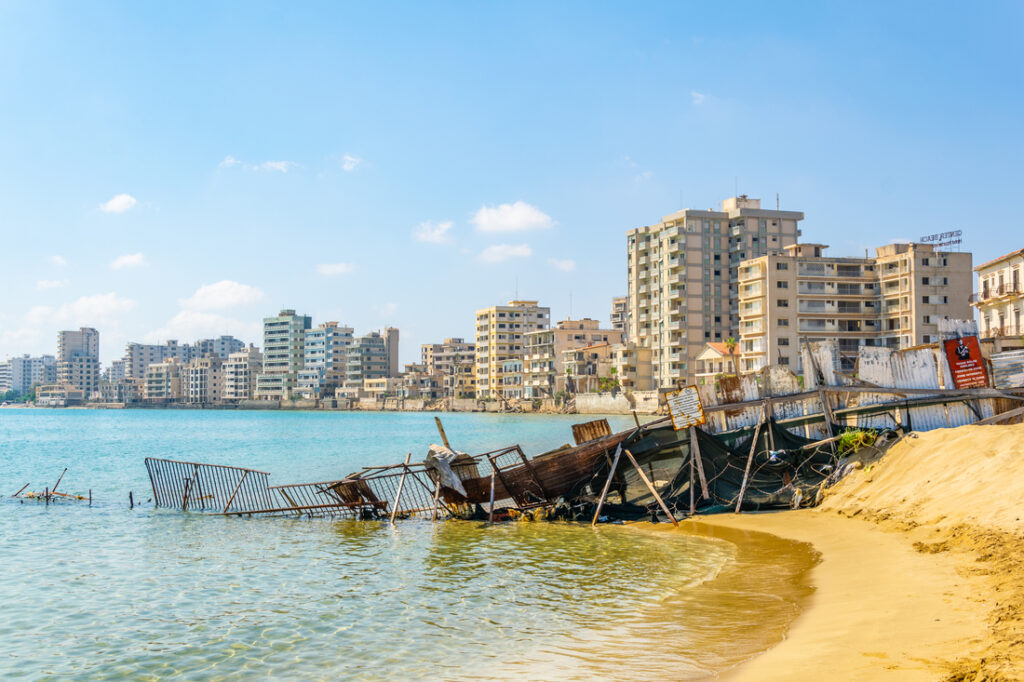
Varosha, Cyprus
Varosha was one of the Mediterranean’s top tourist destinations in the 1970s, frequented by world-class film stars. Now it is one of the largest abandoned towns in Europe. Its 40,000 inhabitants, along with the tourists and celebrities who populated it, abandoned the town in 1974 following the Turkish invasion, which split the island in two.
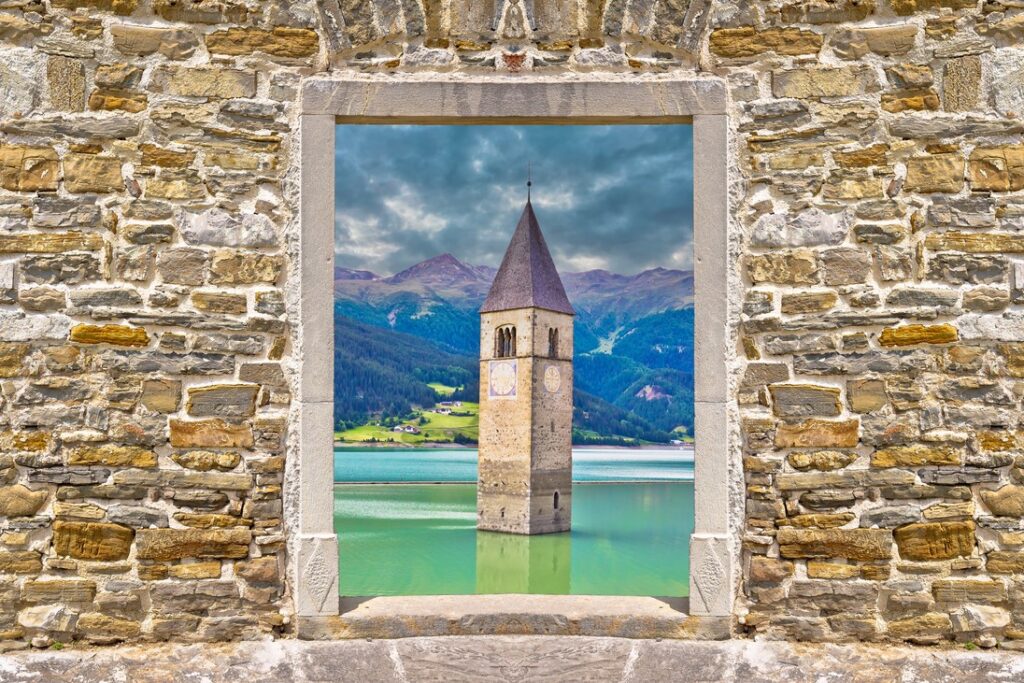
The sunken village of Curon, Italy
In northern Italy, close to the border with Switzerland and Austria, Lake Resia hides a couple of small villages beneath its icy waters. The joining of two alpine lakes and the construction of a dam left the villages of Curon and Resia below water level. Only the 14th century bell tower of the church of Curon survives as an island, which in winter can be reached by walking across the frozen lake.


